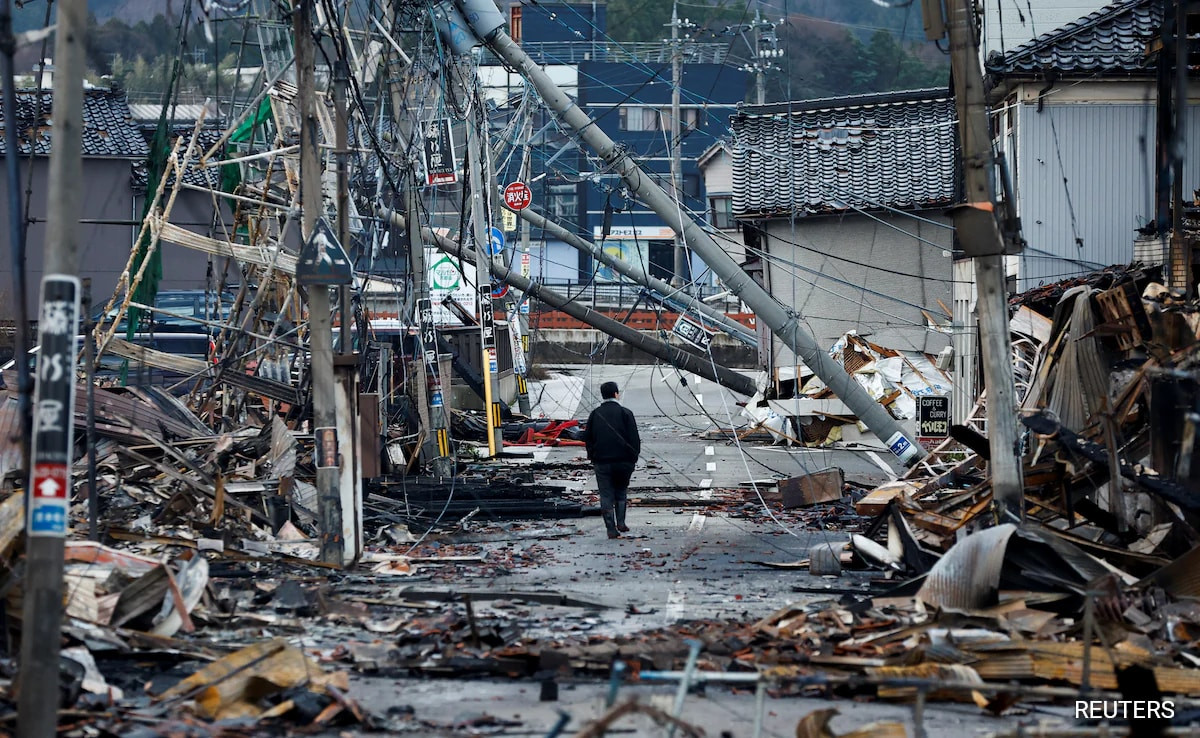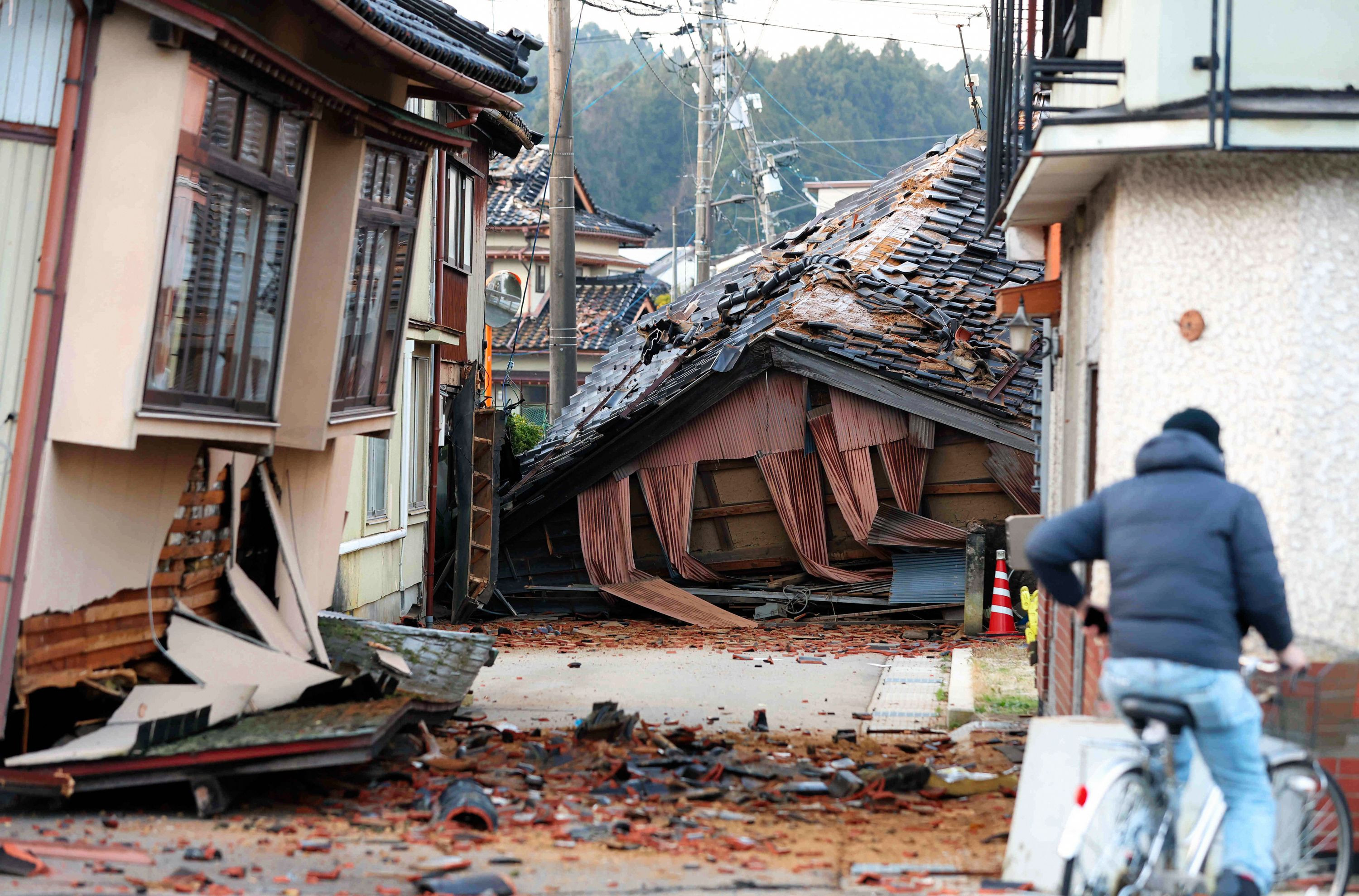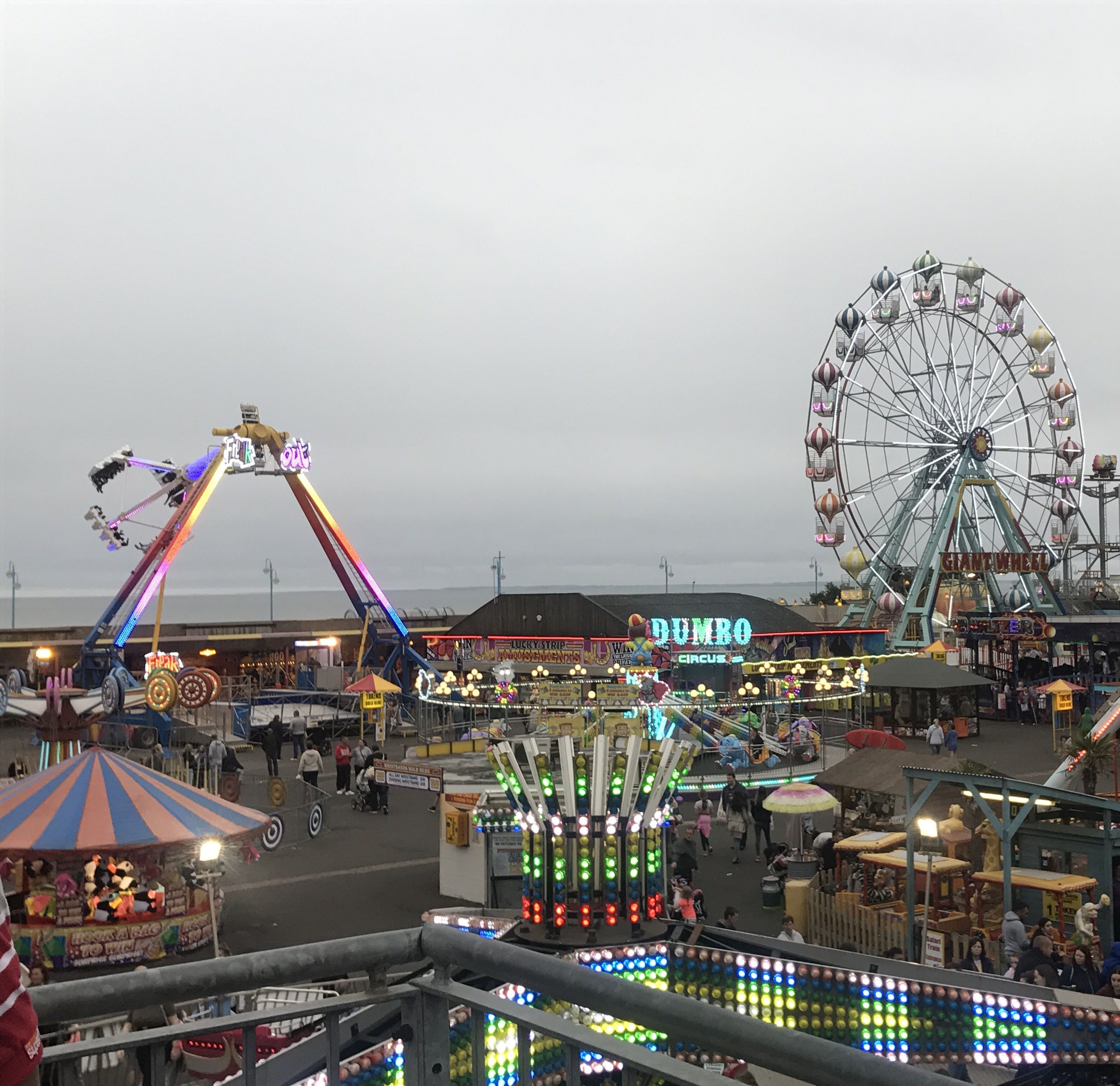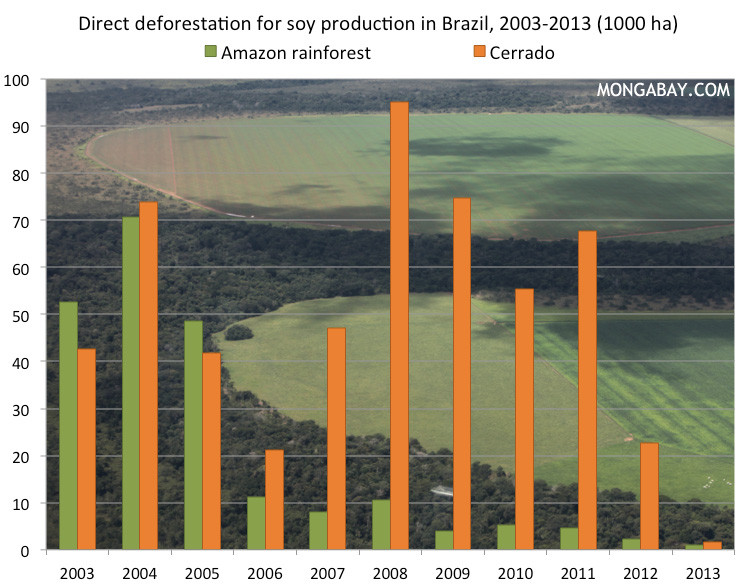A powerful earthquake with a preliminary magnitude of 7.1 has rocked the coast of southern Japan, according to the U.S. Geological Survey. The epicenter was located just a dozen miles off the coast of the city of Miyazaki on the island of Kyushu in Japan but the Japan Meteorological Agency has now lifted tsunami advisories for all but Miyazaki Prefecture. The earthquake, which struck at 4:43 p.m. local time, registered magnitude 7.1 and was centered off Miyazaki prefecture of the western major island of Kyushu. It stuck at a depth of about 18.6 miles. The agency issued a tsunami advisory, predicting waves of up to 3.3 feet along the southern coast of Kyushu and nearby island of Shikoku. The Japan Meteorological Agency said there could still be slight sea-level changes as a result of the earthquake.
Japan Issues 'Megaquake' Warning
Following the earthquake, scientists met to discuss the relationship between this quake and whether it had impacted the Nankai Trough, which sits about 560 miles offshore. Seismologists at the agency held an emergency meeting to analyze whether the quake had affected the nearby Nankai Trough, the source of past devastating earthquakes. They later issued an assessment that the potential for a future quake in the area from Kyushu to central Japan is higher than previously predicted. The agency said it will continue to closely watch movements of plates near the Nankai Trough. The agency ultimately issued what it called a “mega earthquake caution,” assessing that the possibility of a large quake was relatively higher than usual but not that one would definitely occur in the near future. It urged the country's residents to practice increased vigilance for the next week.
Concerns Over Nankai Trough
The Nankai Trough is a major seismic zone that has been responsible for some of Japan's most devastating earthquakes. The agency said that in global cases, the frequency of a magnitude 8.0 or larger earthquake occurring within the same region within seven days after a magnitude 7.0 earthquake is “about once in several hundred times.” According to information from the Japan Meteorological Agency (JMA), out of 1,437 earthquakes of magnitude 7.0 or larger that struck between 1904 and 2014, there were six cases in which a magnitude 8.0 or larger occurred in the same region within seven days. This data, the JMA said, includes a magnitude 7.0 earthquake that struck two days before a catastrophic magnitude 9.0 earthquake and Pacific-wide tsunami that rocked the region in March 2011.
Aftershocks Possible
There is a 70-80% chance of a magnitude 8 or 9 quake stemming from the Nankai Trough within the next 30 years, Hirara said, adding that Thursday's quake raises that probability even while the timing or exact location cannot be predicted. The JMA Seismology Department official Shigeki Aoki warned that strong aftershocks could occur for about a week. The JMA urged the country's residents to practice increased vigilance for the next week. “We ask all citizens to carefully check every new information issued by the government, reconfirm their daily earthquake preparedness, and be ready to evacuate immediately in the event of an earthquake,” Prime Minister Fumio Kishida told a news briefing. The government crisis management team was to step up disaster preparedness, and called on residents to pay close attention to information from the authorities in case of another big one and never to spread disinformation.
Minor Injuries, No Major Damage
While the earthquake caused widespread fear and disruption, there were no immediate reports of serious damage or injuries. Officials said nine people were injured on Japan’s southern main island of Kyushu, but the injuries were mostly minor. Police in Miyazaki Prefecture said there have been some reports of landslides and some traffic lights have stopped working. NHK said some windows were broken at the prefecture's airport and that the runway had been temporarily closed for checks. In neighboring Kagoshima Prefecture, concrete walls collapsed and a wooden house was damaged. The Fire and Disaster Management Agency said nine people were injured, most of them slightly when falling down or hit by objects in Thursday's quake in Miyazaki and neighboring Kagoshima. The Nuclear Regulation Authority said all 12 nuclear reactors, including three that are currently operating, on Kyushu and Shikoku remained safe.
A History of Earthquakes
Japan sits on the Pacific “Ring of Fire,” a line of seismic faults encircling the Pacific Ocean, and is one of the world's most earthquake-prone countries. An earthquake on Jan. 1 in Japan’s north-central region of Noto left more than 240 people dead. On March 11, 2011, the most powerful earthquake in Japan's recorded history triggered a tsunami that caused the meltdown of the Fukushima Daiichi nuclear plant.
Staying Prepared
The recent earthquake serves as a stark reminder of the seismic vulnerability of Japan. The government and citizens alike must remain vigilant and prepared for future seismic events. The recent earthquake serves as a stark reminder of the seismic vulnerability of Japan. The government and citizens alike must remain vigilant and prepared for future seismic events.


















